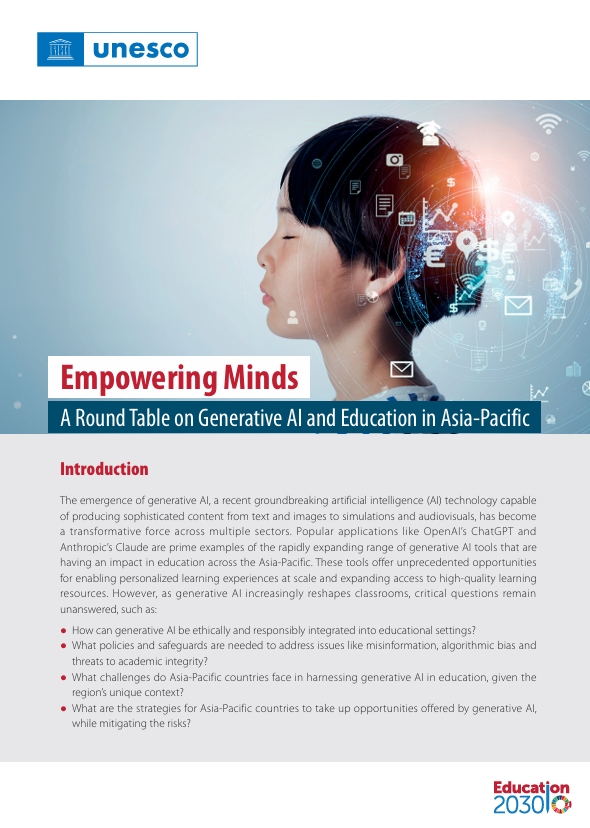January 22, 2018
Digital literacy comprises the knowledge and skills, required to use digital devices smartphones, tablets, laptops etc for communication. To boost digital literacy in a country, it is very important to impart related skills in local languages, observes Arvind Pani, Co-founder and CEO, Reverie Language Technologies for Elets News Network (ENN).
Digital literacy is on the rise in India, thanks to proactive government policies. The user base of Indian languages grew from 43 million in 2011 to 234 million in 2016. The number is expected to grow further at an additional rate of 18% to 536 million. Similarly, English language users are also likely to grow by a 3% to reach 199 million. Over 50 crore Indians use Hindi for their daily communication, while only 0.06% of websites are in Hindi, similarly other languages too. This shows a huge mismatch in demand and supply.
Digital literacy, resources, and services will become universally accessible if they are made accessible in Indian languages. Nine out of 10 new Internet users are not proficient in English, so it is fair to say that almost all user growth is coming from non-English users. Key drivers for the growth of language users are National e-Governance Plan (NeGP) and Digital India programme.
National Programmes
The Prime Minister of India laid emphasis on the NeGP and Digital India. Digital India, an ambitious programme, is estimated to cost around Rs 1,13,000 crore. It will prepare India for its eventual transformation to a knowledge economy and for delivering good governance to citizens, through synchronized and coordinated engagement with both the Central and State Governments. This vision of Digital India provides an intensified impetus for e-Governance and promotes inclusive growth, covering electronic services, products, devices, manufacturing and job opportunities. New digital infrastructure will focus on providing secure high speed Internet, making services available in real time for both online and mobile platforms. Digital empowerment of citizens will be built on universal digital literacy and the availability of digital services in Indian languages.
Industry Report
A report by KPMG and Google, identifies a number of app and web categories that currently have low penetration rates in India but could see rapid growth if local language integration picks up. Payments, government services, news and classifieds are all predicted to grow at a compound annual growth rate between 26% and 34% from 2016 to 2021 if there is local language expansion.
For example, among those who traditionally shop offline, 50% were willing to shift online if provided with an end-to-end Indian language experience. Similarly, over 60% of rural users consider language a barrier to accessing online government services, says the report.
Increased use of Indian languages on the Internet will come as a relief to them, and more importantly, will build engagement and allow them to access government services online. It could also help better dissemination of regional news as almost 60% of Indian language users prefer local language news. Also, 90% of users are more likely to respond to a digital advertisement in their local language as compared to English ads.
Technological advancement could aid and encourage the increased use of local languages. Other factors that will contribute in bringing India’s next billion online are reduced data charges, rising disposable income, growth in overall Internet penetration, increased smartphone production, improvement in digital literacy, and the introduction of digital literacy in Indian languages at all school levels.
Private sector can design and execute this while also researching and providing low cost ways to make Indian language friendly devices and websites more widespread. The quality of digital content in local languages is low despite how much demand there is for it – a big opportunity for companies. A large captive audience already exists for content in regional languages.
Today, many companies have started realizing the importance of regional languages, and have started offering local language versions of websites and applications. Advertising industries are early adopters in using local languages for their target audiences. The entertainment industry, comprising of media, television, and film, is a great example of how big the audience for regional language content is. Social media has also benefitted from the Internet boom in India, and they allow you to share content in local languages in form of text, images, audio, and video.
Even a small percentage of each language’s speaker base makes for a huge user base. For example, 7% of Telugu speakers mean 7 million users. This is a huge market for any industry – with the growth in Internet reach and the decrease in Internet prices; people are consuming more digital content in their own language.
Computational linguistics have helped in building predictive keyboard in several lesser used languages like Sanskrit, Santhali and Sindhi. All this will ensure more than 50 million jobs by 2021, mainly based on the demand for digital content in Indian language across various platforms. If both government and private partner, the development of the Indian Internet and the adoption of Internet services by Indian language could generate 53 million livelihoods by 2021. This is calculated assuming a job to user ratio in India of 1:10 and local language Internet user population of 536 million by 2021. (Views presented in the article above are of author’s)
Source






